Can You Simply Combine Random Elements to Make Compounds in Chemistry?
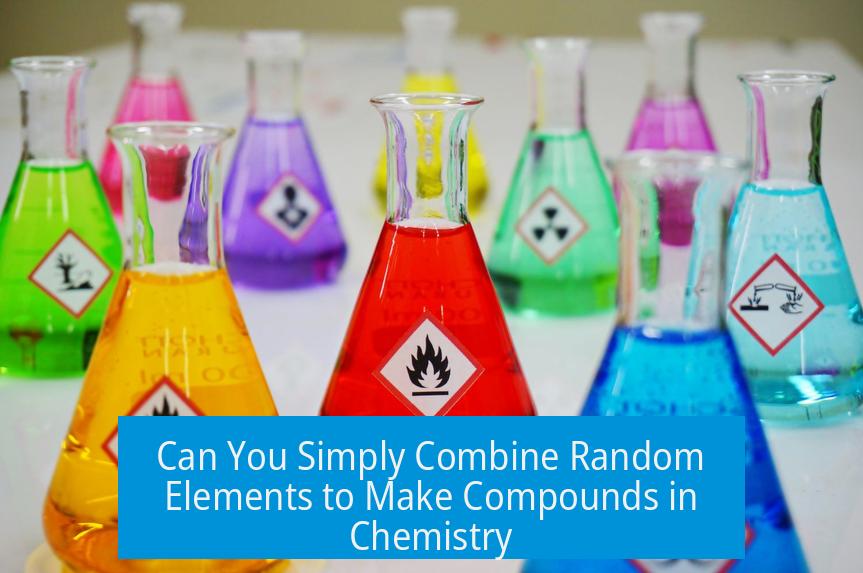
No, you cannot simply combine random elements to create compounds in chemistry. The formation of compounds depends on specific rules and conditions that govern how atoms interact. While it might seem simple to mix elements, chemistry requires precise control over ratios, energy, and environmental factors to yield a stable compound.
Understanding Reactivity and Compound Formation
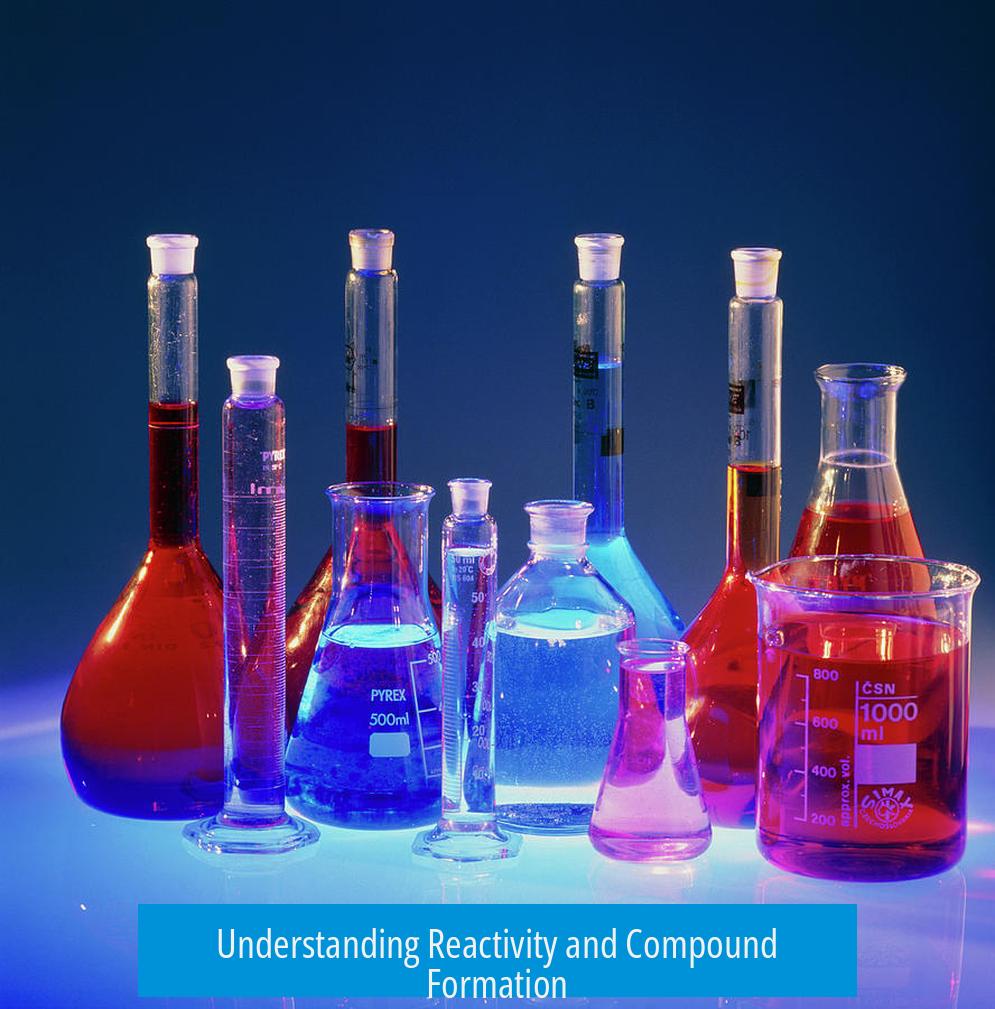
Atoms form compounds by bonding in ways that lower the system’s overall energy. These bonds depend on electronic structure, chemical properties, and reaction conditions. The process is guided by stoichiometry, which dictates the exact ratios—how many atoms of each element are needed to produce a specific compound.
- Random mixing of elements generally does not yield predictable compounds.
- Reactions occur only if elements can achieve a more stable electronic configuration.
- Activation energy and environmental conditions affect whether or not a reaction proceeds.
Reactivity of Elements on the Periodic Table

Certain groups of elements react more readily. Alkali metals (Group 1) and alkaline earth metals (Group 2) are highly reactive, especially with elements in Groups 6 and 7 (chalcogens and halogens).
| Group | Elements | Typical Reactivity |
|---|---|---|
| 1 and 2 (Alkali/Alkaline Earth Metals) | Li, Na, K, Mg, Ca, etc. | Highly reactive, readily form compounds with Groups 6 and 7 |
| 6 and 7 (Chalcogens and Halogens) | O, S, Se / F, Cl, Br, I | Highly reactive, form oxides, hydrides, and halides |
| Noble Gases (Group 18) | He, Ne, Ar, Kr, Xe | Generally unreactive due to full valence shells |
| Precious Metals | Au, Ag, W, Os, etc. | Require special conditions for reaction, low reactivity |
Conditions Impacting Compound Formation
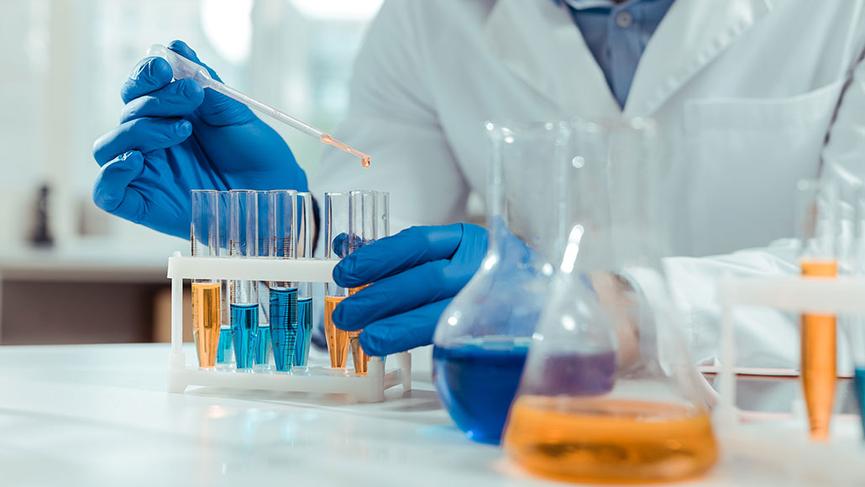
Even if two elements are capable of reacting, external factors such as temperature, pressure, and catalysts influence whether they actually do so.
- High temperature can overcome activation energy barriers to trigger reactions.
- Pressure may enable otherwise unlikely reactions, such as between noble gases and fluorine.
- Stoichiometric ratios affect product identity and purity.
For instance, argon and fluorine can react at very high pressures (~400 bar) and temperatures (~1000 K), but such conditions are rarely practical.
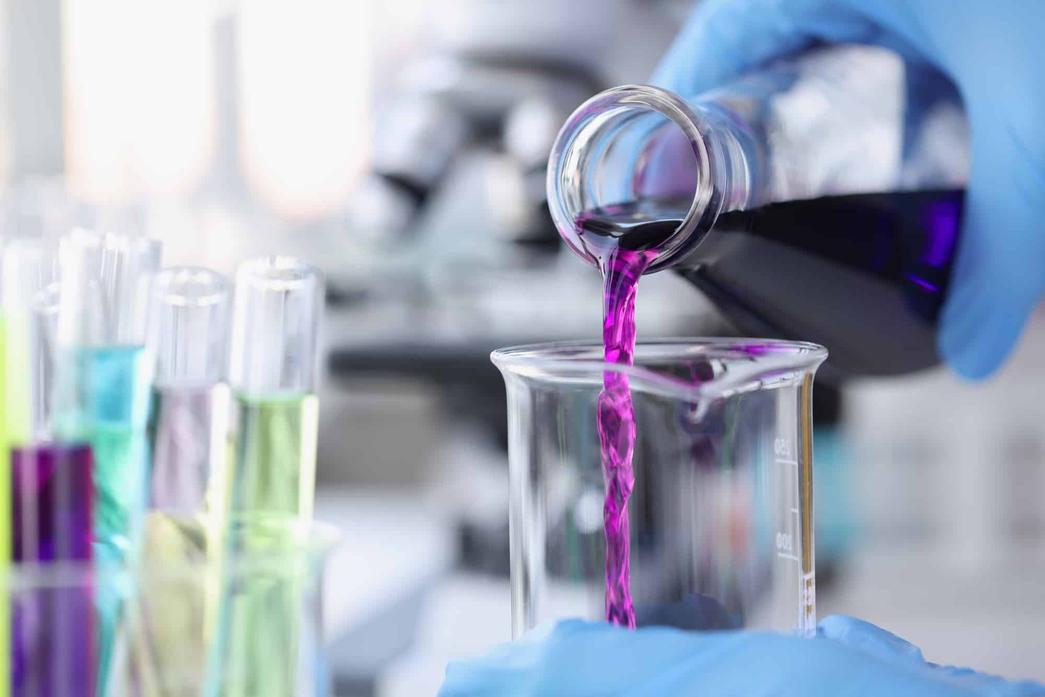
Metal Mixtures: Alloys Versus Compounds
Mixing metals typically forms alloys, not compounds. Alloys are mechanical mixtures with some level of atomic miscibility, but without defined chemical bonds typical of compounds.
- Alloys combine metals at specific ratios to enhance mechanical properties.
- Phase diagrams help metallurgists predict alloy formation and stability.
- Compounds have fixed stoichiometry and distinct chemical bonds, unlike alloys.
Simply smashing two metals does not guarantee compound formation; often, they form homogeneous or heterogeneous alloys.
Forms of Elements and Their Practical Use in Reactions
Elements rarely exist on their own in nature. Instead, they appear as oxides, diatomic molecules, or embedded in minerals with impurities.
- Oxygen appears as O2, nitrogen as N2, and many others as molecular or ionic forms.
- Isolating pure elemental forms is challenging and sometimes impractical.
- Chemists usually react compounds rather than bare elements for control and safety.
The state and form of the element crucially influence how and whether a reaction proceeds.
Special Cases and Popular Reactions
Some elements react more predictably, especially those involved in organic and inorganic chemistry fields.
- Organic chemistry focuses on C, H, O, N, S, P, and halogens.
- They readily form complex molecules due to diverse bonding possibilities.
- Inorganic chemistry studies ions and elements spread throughout the periodic table.
Carbon, for example, strongly bonds with oxygen, nitrogen, hydrogen, and halogens, forming countless compounds.
Key Takeaways
- Random mixing of elements rarely produces compounds; controlled conditions and stoichiometry are essential.
- Groups 1 and 2 elements react readily with groups 6 and 7; noble gases and precious metals resist reaction.
- High temperature and pressure can induce reactions even between normally inert elements.
- Metal mixtures usually form alloys, which differ fundamentally from chemical compounds.
- Elements often exist in molecular or compound forms, making direct element-to-element reactions challenging.
- Chemistry involves a system of rules and conditions that dictate reaction feasibility and products.
Can You Simply Combine Random Elements to Make Compounds in Chemistry?
Short answer: No, you can’t just throw random elements together and expect neat chemical compounds to magically appear. Chemistry isn’t a giant game of mix-and-match where any hodgepodge of elements combines snugly into a shiny new molecule. There’s a whole set of rules involved. But that’s just the tip of the iceberg. Let’s peel back the layers on why your kitchen chemistry dreams might not always pan out.
The Reality Behind Combining Elements
Imagine chemistry as a dance. Not every partner dances smoothly together. Some elements are wallflowers, others are eager to twirl. When you toss random elements together, you’re basically asking them to hit the dance floor without any rhythm or compatibility. The result? Mostly confusion, few fireworks.
Why is that? Because the formation of compounds depends on a science called stoichiometry. This determines the exact ratios of elements that must come together to create a stable compound. It’s not just “throw 2 parts sodium with a pinch of chlorine” and hope for sodium chloride.
In fact, most of the periodic table reacts under very specific conditions. Theoretical chemists are still trying to predict exactly how and why certain elements react; it’s a very complex puzzle. So random mixing often achieves little beyond scruffy mixtures or unreacted elements.
Exceptions to the “No Random Mixing” Rule
Hold on! Chemistry isn’t an all-or-nothing game. Some combinations do behave predictably. For example, elements from the alkali metals (Group 1) and alkaline earth metals (Group 2) are notorious for reacting with elements from Groups 6 and 7, like oxygen and halogens. These reactions are so reliable they’re almost guaranteed.
But then you hit the divas of the periodic table: noble gases and precious metals like gold and silver. They are famously reluctant to react, often requiring extreme conditions or catalysts to engage at all. So if you toss neon or argon into the mix, don’t expect much excitement at room temperature.
When Conditions Matter More Than Ingredients
Sometimes elements *can* react, but only if you provide the right environment. High pressure, searing temperatures, or specialized catalysts might convince two otherwise indifferent elements to form a bond. For example, take argon and fluorine: crank up the pressure to 400 atmospheres and raise the heat to 1000 K, and they’ll begrudgingly react. But for practical purposes? Not very useful.
The key here is the concept of activation energy. Even if two elements *want* to form a compound because it results in a more stable, lower energy state, they often need a little nudge – energy – to get started.
Alloys vs. Compounds: Mixing Metals Isn’t Always Chemistry 101
Mixing metals is a special case. When you toss two metals in a crucible and melt them, you mostly get alloys – physical mixtures at the atomic level – not new chemical compounds. Alloys bring interesting properties like strength or corrosion resistance but don’t involve bonding changes you see in compounds.
Phase diagrams help metallurgists predict how metals blend and which ratios form solid solutions or separate phases. Compounds, however, have specific and fixed ratios of elements bonded chemically, like in rust (iron oxide) or brass (an alloy, actually a mix of copper and zinc).
Elements Often Don’t Travel Solo
One big chemistry pitfall is thinking: “Hey, I have pure elements, let’s react!” Reality bites here. Many elements rarely exist in pure, isolated form under normal conditions. Oxygen shows up as O2, nitrogen as N2, and many metals cling tightly to oxygen or other elements in minerals (think aluminum oxide – Al2O3).
Chemists, therefore, typically work with compounds as starting materials. Compounds provide more control and stability during reactions. Pure elements can be unstable or too reactive to handle easily, making the lab more of a hazard zone than a playground.
The Role of Carbon and Common Reactive Elements
In organic chemistry, carbon is king. Carbon’s affinity for hydrogen, oxygen, nitrogen, sulfur, phosphorus, and the halogens is the bedrock for countless compounds, from DNA to plastics. These combinations follow well-mapped rules, not random haphazard mixing.
Less intuitive, inorganic chemistry deals with ions and elements from all over the table reacting in predictable patterns. And yes, these patterns are the real recipe books scientists use, not “let’s just mix it and see what happens.”
What Does This All Mean for the Curious Chemist?
If you want to be a successful chemist or dabbler, don’t start by mixing random elements without guidance. Instead:
- Learn the basics of stoichiometry—knowing what ratio of elements react is foundational.
- Understand periodic trends—which groups tend to react and which don’t.
- Check reaction conditions—temperature, pressure, catalysts—because these can make or break a reaction.
- Recognize that metals mostly form alloys, which is a useful but different path from forming compounds.
- Work with compounds rather than pure elements when possible, for better control and safety.
Trying to “cook up” new compounds is more than mixing chemicals willy-nilly. It’s a finely choreographed science. So, next time you’re tempted to mix sodium with anything that moves, remember: chemistry has a plan, whether we fully understand it yet or not.
A Final Question to Ponder
Given that reactions depend so heavily on conditions and specific element behavior, what undiscovered combinations could be out there with the right setup? Could extreme environments like planetary cores or labs with futuristic tech unlock compounds we never imagined? That’s the exciting frontier—chemistry is as alive and surprising as ever.



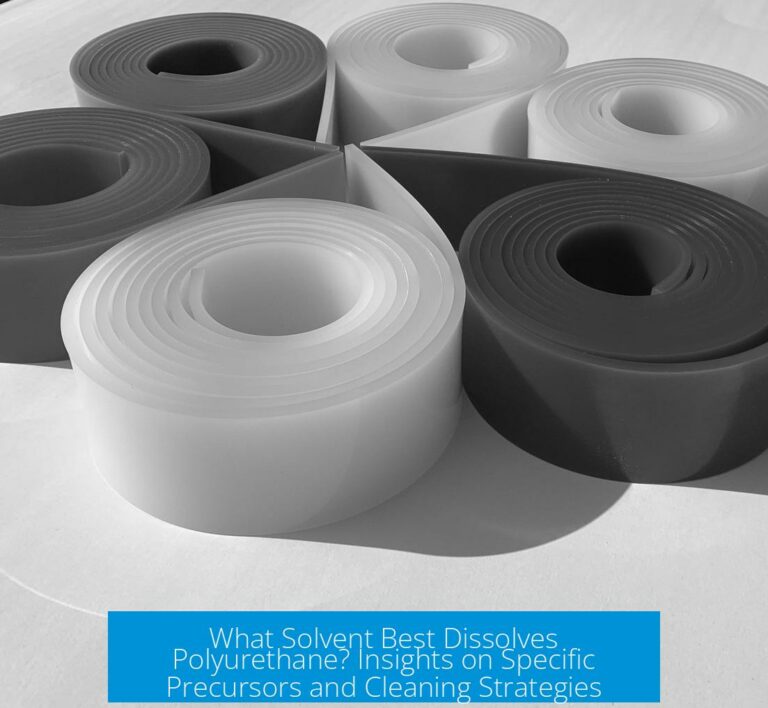

Leave a Comment